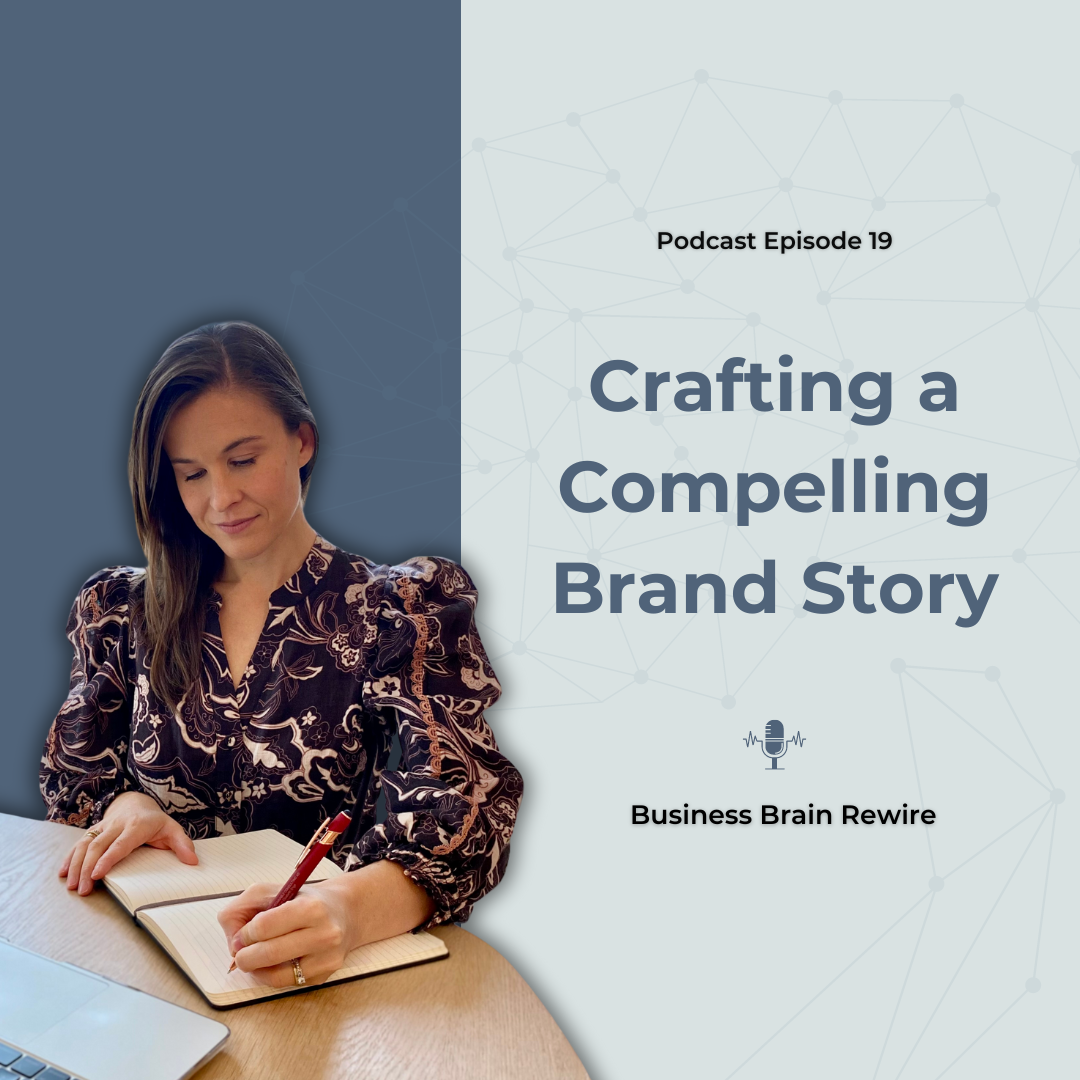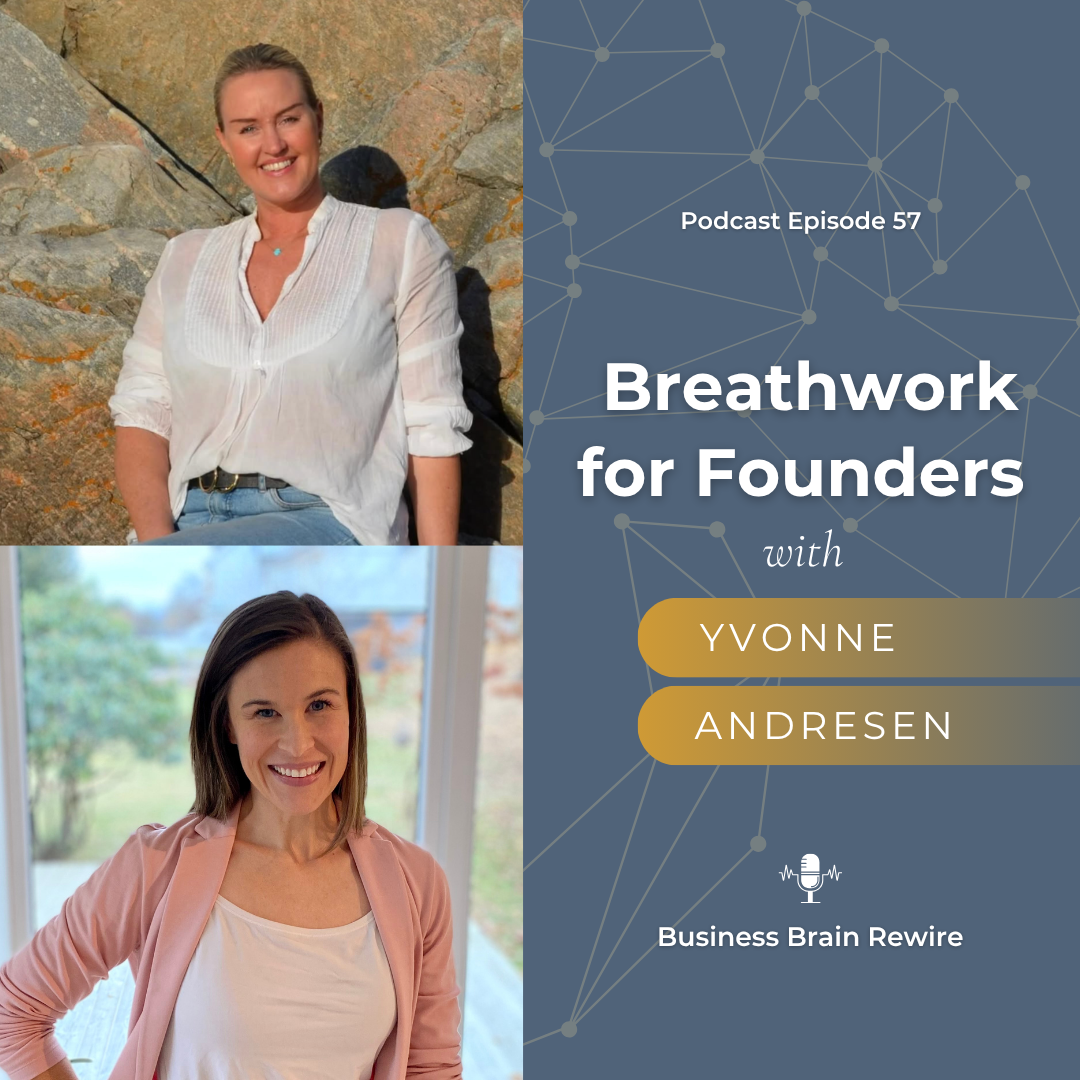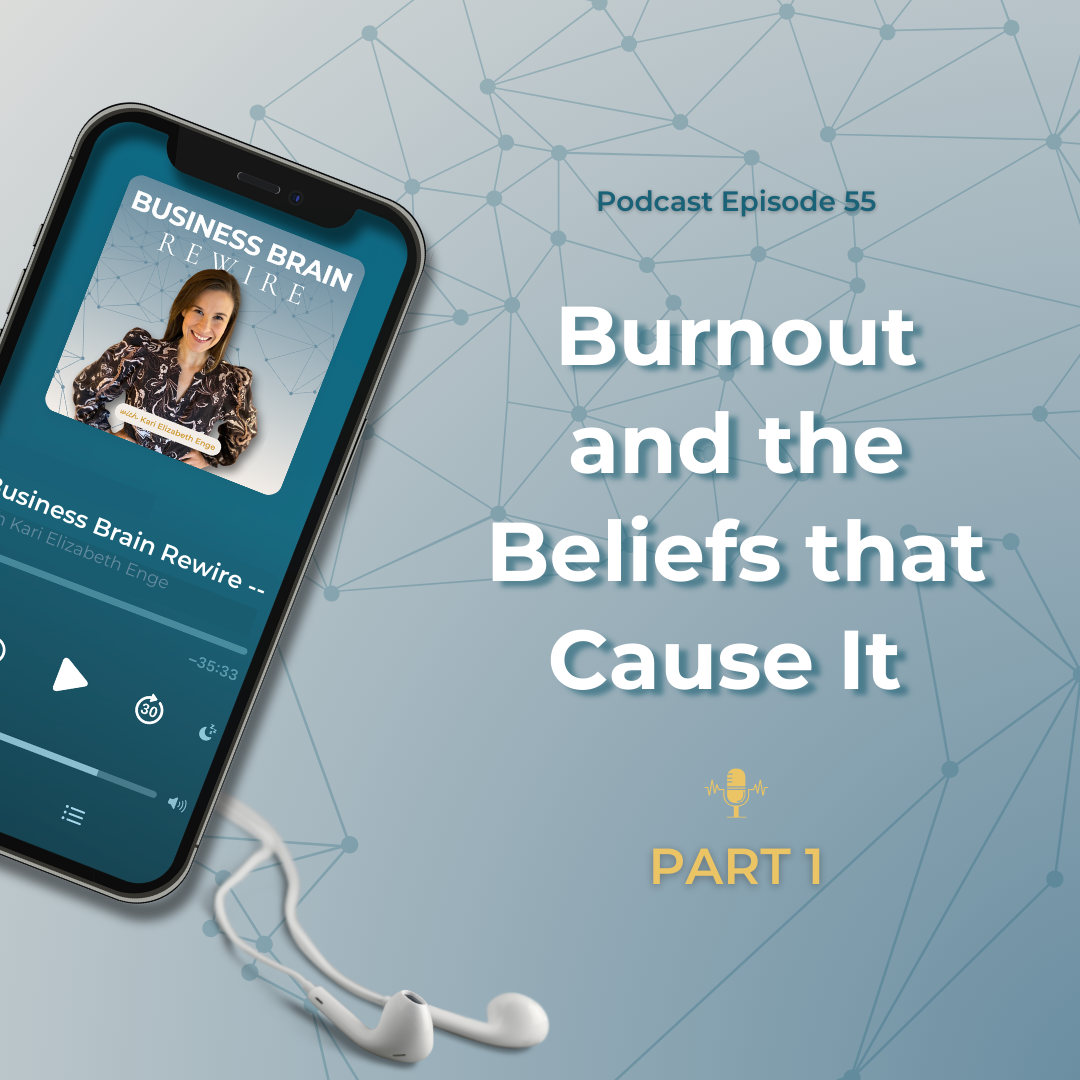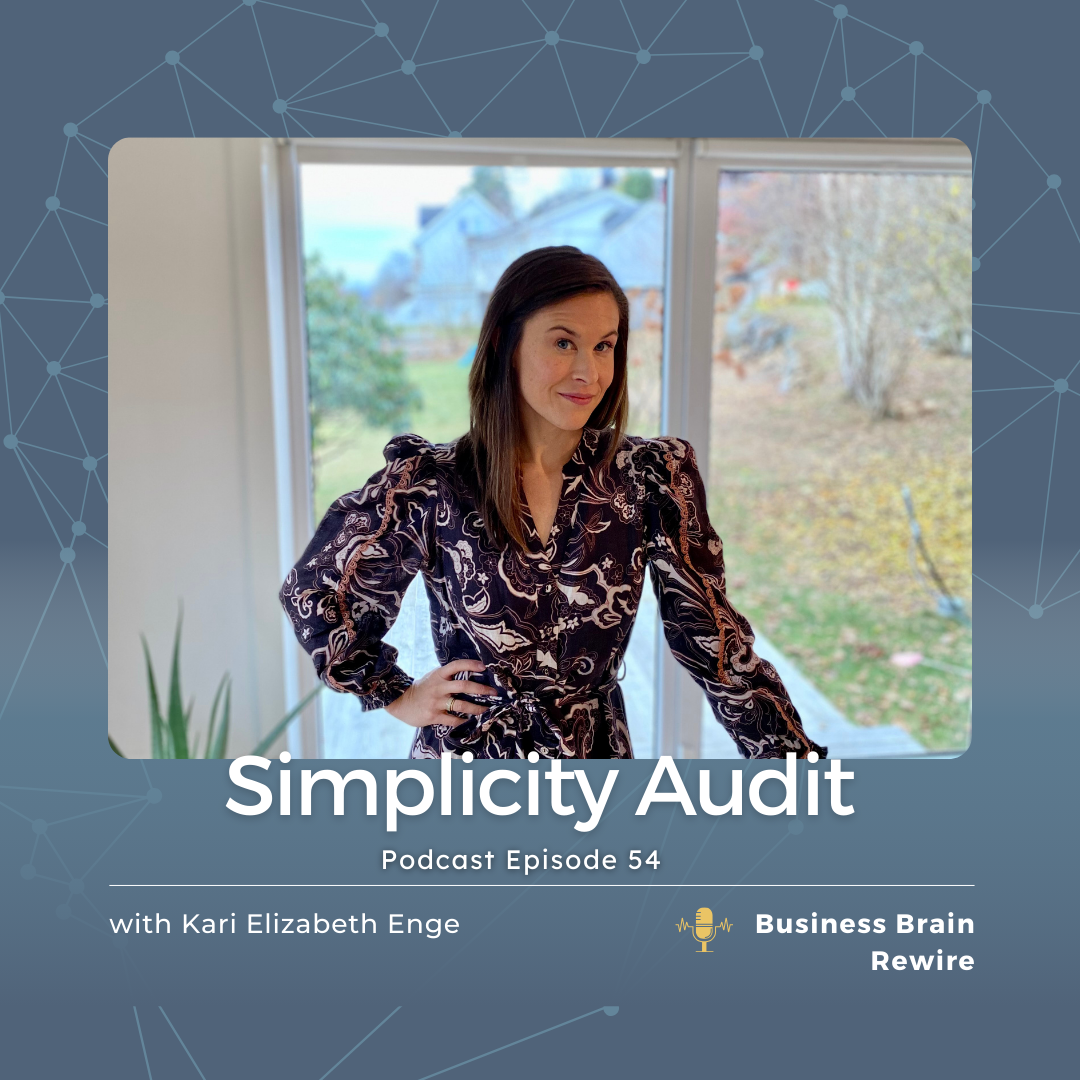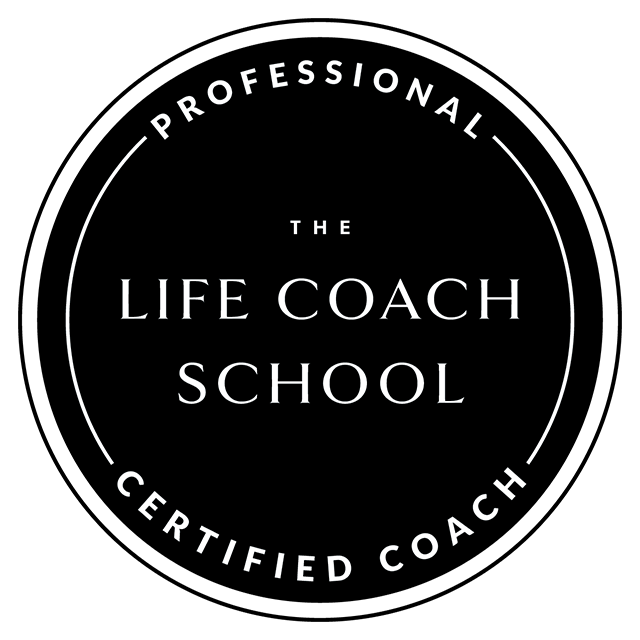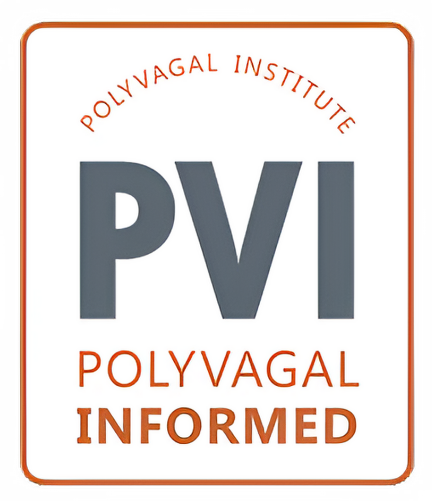Are you ready to enhance your brand story to connect better with your audience?
Traditional methods might have you stumble upon a myriad of tactics, but focusing on a streamlined approach can make all the difference. Today, we delve into the PROPR Messaging Framework, a powerful tool designed to refine your messaging and craft a compelling offer for your clients.
If you felt inspired by my last discussion on effective selling, you’re in for a treat. This episode takes a deeper dive into messaging—a vital part of marketing—by sharing my PROPR Messaging Framework.
The PROPR Messaging Framework
The PROPR Messaging Framework stands for Problem, Root Cause, Offer Statement, Process (IP), and Results. This approach ensures that your messaging is as powerful and effective as your product.
First, identify and articulate the problems your customers face. Use their language to make your description resonate deeply with them.
Next, pinpoint the root cause of their issues. Offer a new perspective that makes them understand why they haven’t solved their problem yet.
Craft a concise statement describing your product or service and the transformative results it delivers. This should be clear and compelling.
Highlight your unique process or design that sets your solution apart. Explain the steps or unique elements that demonstrate your expertise.
Finally, describe the results customers can expect. Paint a picture of the success and transformation your product or service will bring.
Compelling copy boils down to three Cs:
1. Customer-focused: Use your customers’ own words to describe their problems and desired outcomes.
2. Clear: Keep your language straightforward, avoiding jargon and long-winded sentences.
3. Credible: Build trust by showcasing testimonials and demonstrating your knowledge and experience.
Messaging and offer positioning are crucial to your strategy. The PROPR Messaging Framework is not only a powerful tool for refining your message but also for streamlining your offer. By integrating these components, you create a compelling narrative that resonates with your audience, ultimately leading to increased sales and stronger brand loyalty.
Join the waitlist for Simply Sustainable to dive deeper into this framework and learn how to connect with your customers and craft an irresistible offer. Follow the show for more insights and have a fantastic week driving your mission forward.
In This Episode, You’ll Learn:
- The importance of developing your messaging and offer simultaneously.
- How to make your copy customer-focused, clear, and credible.
- The five components of the PROPR Messaging Framework and how to apply them.
Mentioned in Today’s Episode:
Increase sales and lower stress using DBB’s proven CEO System by learning more about the Simply Sustainable coaching program for purpose-driven founders.
The new Simply Sustainable program launches on September 10th with a special promotion for founding members until September 20th. Sign up early and score exclusive bonuses!
Find more info on Instagram @DoBusinessBetterSchool and check the show notes for signup options.
Transcript:
[00:00:00] Hey founder, I want to let you in on a little secret before we get started in today’s episode. So pull over, turn off the car, stop cooking dinner, get out of the shower, whatever you need to do, grab a pen and write down. [00:01:00] Just scribble a little note, Kari’s new program, Simply Sustainable, launching September 10th.
[00:01:08] And then make sure you put a little asterisk by that and write September 10th through September 20th, promotion for founding members. What that means is I created a course and a group coaching program for you and I cannot wait for you to be there and because of that I have Created a special bonus and a gift for you when you sign up in the first couple days the group program is open. So if you want more information if you can’t wait to join or if you’re just curious come join the waitlist. This is very important so that you don’t miss out on that promotional period. Because listen, if you email me a couple of days later and say you missed it, I’m going to say, here’s the link.
[00:01:53] You can still buy the course in the group program, but not for the promotional price. All right. So get on the [00:02:00] wait list. You can find me on Instagram, just at DoBusinessBetterSchool, and then click the little link up at the top of my profile, add your email, and you’ll get on that waitlist. I’ll also link up an option in the show notes, so you can go over to the website, click on the show notes, and there will be an option there to join. I cannot wait to see you there. All right, that’s all I’m going to say for now. Let’s dive into today’s episode.
[00:02:24] Hello founders. So many of you told me that my last episode about selling really impacted you. And so today I thought I would dive more into specifically the messaging part of marketing and selling to share. Kind of a behind the scenes of my messaging. Philosophy. And a lot of the types of things that I will be teaching inside of the simply sustainable program. So today let’s dive [00:03:00] into what I called the PROPR messaging framework.
[00:03:04] This has just a couple of parts and it’s really going to change the way you think about selling and marketing. So the first thing that I think is really interesting. For you to think about is the traditional way that messaging is taught.
[00:03:23] At the do business better school. I really pride myself on like looking at traditional entrepreneurial education and how is just full of academia and really looking at how the process is taught and then taking my experience and my know how in coaching skills and neuroscience and behavior change, and kind of looking at that entrepreneurial education and saying like, how could we make that actually work? In a more streamlined way for the founder.
[00:03:54] How could we kill two birds with one stone? Sorry. I know that’s a very awful American saying I [00:04:00] really need to replace that in my vocabulary. In fact, in Norway, they like to say how to, uh, SWAT two flies with one swing or something. I don’t know what it is, but anyways, you get, you get my gist. I really like to take something and say, how can we simplify that and get more done with less effort. So one of the ways that I have done that is. With messaging. If you think about the traditional way that founders and really accelerator programs, approach messaging is sort of an afterthought.
[00:04:33] What do I mean by that? Oftentimes, they will say, okay, let’s develop your product or your service. And let’s go out there and test that minimal viable product, and then let’s figure out. How to talk about it, right. And of course, like those will overlap. You need to learn how to talk about it in order to validate that minimal viable product. But they’re really thinking about messaging. [00:05:00] As something that comes after business modeling and something that comes after developing the product. And I think that’s absolutely ridiculous because your messaging is part of your packaging and your packaging is part of your product.
[00:05:16] It’s such a big part of your product. The way you describe something to your customer changes the way they interact with it, because it sets up an expectation for what your product is, how they’re going to use it and the results they get and all of those mindset, things that happen. Inside of your customer when they hear about what your solution is, it really matters right.
[00:05:42] For how they experience it. And so what I like to do is I like to say, okay, when we are looking at your business model, when we’re looking at your product or your service, Let’s develop the messaging at the same time that we [00:06:00] develop the offer. All right. And what this does is, is it really helps you to do. Better customer discovery to ask better questions when you’re developing your product, because you’re thinking about the way your customer would describe their problem, describe the kind of results they want to get and describe what they’re looking for in a solution. And that will change the way you develop your offer.
[00:06:30] It will change the benefits that you include in it. The features you included it. The structure, it will really affect everything when you think about, okay, how do we describe this from the beginning? So if you are. A founder who’s been in business for quite a while, and you’re still scratching your head on like, okay. How do we describe this? What I want you to really consider is that yes, we need to look into your [00:07:00] messaging so that you can sell more effectively.
[00:07:03] But that process is probably going to involve you changing something in your offer because all that customer discovery that you need to do to get all of that language from your customers. I will open your eyes to. Different problems and a different way of solving it. And you may be now, so just be open for that. That any time you’re looking to tweak messaging. A tweak to your product or your service is also on the table.
[00:07:31] And if you are a startup founder and you haven’t done business modeling, you haven’t figured out what your sort of first minimal viable product is going to be. I want you to really think about how do we describe this? What words does my customer use? From the beginning when we are developing it. Okay.
[00:07:52] We’re not going to use your language to describe the problem. We’re not going to use your language to [00:08:00] describe the results that you get your customer. Once they use your product. We’re not going to use your words. When we talk about the ideal solution. We’re going to go mining and we’re going to really do customer stir discovery to get those interviews in, to get those conversations happening so that we can really understand. What is my customer thinking about and how do they like describe this to themselves? That’s really going to help you to craft a better offer.
[00:08:30] The base of my philosophy is that we always have to think of the message as the offering. Okay. And around here offer is just one word for product and services. I like to think of both of these things that’s just an offering. Okay. So that’s the first thing that I want you to think about.
[00:08:49] Now, when you are thinking about improving your messaging, a lot of founders. Anders use the word compelling. I hear it all the time [00:09:00] in coaching goals. I really want to come across as more compelling to my audience. I want to become a thought leader in my industry. I want to build a big audience and I really need my copy to be more compelling.
[00:09:13] And the first question I have for founders is, well, what makes your copy compelling? It’s a very subjective word that I think a lot of founders are just. Craving and wanting more of, but they don’t actually know what the building blocks are of compelling copy. And so I like to teach something called the three CS of copy. And I want to break those down for you today, like piece by piece, and then we’ll end this episode with the PROPR messaging framework that I use inside my simply sustainable program.
[00:09:50] All right. So the first C of compelling copy is. Customer focused. I just talked about this [00:10:00] when I gave the example of focusing on your customer’s words, instead of your words. So it doesn’t matter what amazing ideas, how much poetry, how beautiful sounding your words are. If they are not your customer’s words, they’re not compelling to them. So think about how real people who have this real problem would describe it to themselves. That’s going to make it automatically more compelling.
[00:10:33] When a customer looks at your copy, their brain. Is scanning for things that will help them. To survive and thrive. All right. So we’ve been talking a lot about neuroscience here on business brain rewire. And we’ve been talking about how our brains first and foremost are wired for survival.
[00:10:56] And that means that our brains are constantly [00:11:00] scanning our environments to look out for threats about what might actually cause a problem for us, and also looking for ways. That will help us to, first of all, stay alive. And second of all, move toward success. And our brains want to really conserve calories.
[00:11:20] So it’s looking for the most efficient way to do that. Our brains are very self-focused. So your customer, as it’s looking on. On the internet or driving the car and it sees a sign on the side of the road. It’s also subconsciously very self-focused and really preoccupied with its survival and its own success.
[00:11:43] Even if your customer is not aware of this. And so that’s why we really need to use customer language in our copy because you have a couple of seconds to get your audience’s attention. And if you are using [00:12:00] words that sound really lovely and compelling to you, it doesn’t necessarily mean that it’s compelling to your customer’s brain and central nervous system.
[00:12:09] That’s doing all the scanning. So you want to do a lot of customer interviews. You want to pay attention to the words and the language that your customers are using and get that in your copy. You also want to talk about your customer instead of yourself, right?
[00:12:28] I have seen so much bad copy, bad landing pages, because it’s talking about how wonderful the company is and how it’s the best and how it has such wonderful quality and. And blah, blah, blah.
[00:12:43] And it’s really self-focused instead of customer focused and your audience doesn’t care, how long you been in business, how much experience you have? How great your process is. Unless it helps solve the customer’s [00:13:00] problem. So yes, you might want to talk a little bit about your experience, but you need to do that through the lens of the customer and talk about it in a way that is meaningful and that matters to them because it ultimately ensures that they’re going to get the results that they want.
[00:13:16] All right. Are you getting this? So the first thing is customer focused. The second C of the three CS of copy is clear. When I am in a consult call, I don’t do consult calls anymore. Like one-on-one consult calls, but I did one-on-one consult calls in order to fill my one-on-one coaching practice for many years. And so I’ve talked to hundreds and hundreds of founders. And so, you know, at the beginning of the consult, it’s, it’s more or less like, okay, tell me, you know, what you do, what your, what your product is, how do you help people?
[00:13:51] And you would be amazed at how many people can’t describe what they do with clear language. You want to [00:14:00] stay away from really poetic, long ways of describing things, any industry jargon, right? Like in my industry, I want to really stay away from like coach speak and like coach terminology that a founder. Would really have no idea about,
[00:14:17] we want to stay away from all of our own niche language, and again, use language that is our customers, and that ultimately makes it clear.
[00:14:28] If your copy is not clear, it doesn’t matter how wonderful your product or services. Your customer is not going to understand it.
[00:14:35] So we really want to get down to simple language elementaries, cool language, and make long sentences short. The more boring. Your copy actually is oftentimes it’s more compelling because clarity is truly one of the big deciding factors in whether or not your audience will pay attention.
[00:14:59] And [00:15:00] oftentimes we think that it’s clear and then we say it to another human and the kind of just look really funny. I remember when I first started rank and file magazine, I had lots of ways of describing it and I tried everything under the sun and I had a lot of people kind of like giving me like a oh nice. Right.
[00:15:20] When I would tell them what I did. And you can tell right away when someone just doesn’t understand what you do or what your company is all about. So that’s another great way to use those customer interviews. To really sort of trim the fat off of how you’re describing it. And you want to make sure that first and foremost it’s clear.
[00:15:42] None of these fancy statements are going to do you any good? It’s not compelling. All right. So focus on clarity. The third C of the three CS of copy is credible. And this comes last because it’s the last thing you need to add, right? So it [00:16:00] doesn’t matter how credible you are, if your copy is not clear and if it’s not customer focused. So credible is just about adding that extra layer of trust in your copy. And again, it comes last. It’s like the sprinkles on top, but the other things are really more important when it comes to your messaging. Now, what do I mean by credible? We want to make sure that we are. Really helping the central nervous systems of our customers to feel safe, doing business with us.
[00:16:32] They are literally giving us money to say, Hey, I’d rather trade in money to solve this problem, rather than not being able to solve this problem or struggling to solve this problem with a lot of time and effort, I’m going to give you money and we’re going to do a trade. And so you want to really ensure their central nervous system that they’re safe doing that trade. And so you want to include things that help your customer rest [00:17:00] assured that you got them right.
[00:17:02] That you’re going to take care of them and that you know what you’re doing. So this is where you do want to talk about the fact that you do have experience. You do understand their problem. And to put things like testimonials into your copy. Now, here’s the thing that I really want you to understand though, about this credible piece. The more customer focused.
[00:17:26] Your copy is, and the better you get at describing some of those customer focused things, the more credible you automatically become. So you really want to tread lightly when you’re adding, like how many years of experience at how many people you’ve helped and all of that, because. You don’t actually need a lot of that.
[00:17:47] Again, it’s the sprinkles on top when you’re using the right customer focused language, they just know that you’re credible because you’re talking about their problem and the results they want with such [00:18:00] accuracy that they’re like, oh, You get me. You must be working with lots of people like me, because the way you’re describing my problem is exactly the way I’m experiencing it. The results that you say that you’re going to get me are so on point you’ve thought of everything, you must really understand what I want.
[00:18:20] And so that brings us to the PROPR messaging framework. PROPR is just an acronym. That stands for P R O P R. And it breaks down your messaging into just five different components. Once you have these five components figured out and really on point, you’re going to be compelling to your customer. Now these five components that make up P R O P R also help you to define and clarify and craft your offering.
[00:18:58] Because remember, again, [00:19:00] we do them at the same time. That’s why I love this tool. All right. We figure out each component one by one. And as we’re doing that, we refine our product while refining the messaging. This is something that I teach in depth in my simply sustainable coaching program. It is in the decision making part of that program. Because I think it’s really important for founders to first of all, know how to make solid strategic decisions for their company.
[00:19:34] And one of the biggest things they need to decide on and figure out is their offering and the messaging and the packaging for that offer. So what does P R O P R mean? Like, what is this PROPR framework? Like, can I break it down for you? I’m going to give you each part of that framework completely for free today.
[00:19:56] So you can get started really figuring out what [00:20:00] those compelling pieces of your copy is. All right. So. The first component right. Of the PROPR messaging framework is the problem. You’ve got to figure out how your customers talk about the problem and bullet point, those problems that you solve. We want to be clear with the way we talk about that.
[00:20:21] We want to come across as credible when we talk about that, because we really understand the problem in detail. And again, we want to use that customer language.
[00:20:29] The next part of really compelling copy, right? That’s customer focused and clear and credible is the root cause. What do I mean by this? Your customer isn’t solving their problem because there is something that they are misunderstanding when it comes to actually solving that problem. If they knew how to solve their problem, they would have done it by now.
[00:20:55] So you obviously understand their problem even better than they [00:21:00] do. And you also understand the solution to that problem. So the are in the second letter of the acronym stands for root cause, because this is where you actually tell them, Hey. You’re misunderstanding this problem. Here’s the root cause that you aren’t even aware of.
[00:21:18] Here’s what’s really causing you all your problems. And here’s actually a different way to think about it. A different way to approach it that you might not have thought of before. This part of your copy is where you really open people’s eyes. You educate them, you show them blind spots and it really builds a lot of that credibility and trust. The third part of the PROPR messaging framework is O and it stands for offer statement, right?
[00:21:47] We need a really powerful, clear one sentence way to describe what our product or our service does and the results that it creates. Alright, and this can take some time [00:22:00] to really refine how you describe your offer in just that one statement. But it’s really important that you understand how to do that.
[00:22:08] So again, you can be like a magnet for the people who are looking for an offer like yours.
[00:22:15] The next part of the PROPR messaging framework is actually another P and it stands for process and IP or intellectual property. All right. This is where we really break down the unique way that we solve the problem. You can think of this as like your unique process that steps you take your customers through, if you have a service or maybe the unique features or benefits or the way that your product is designed, if you have a physical, tangible product. This is also where you can start to talk about some of your unique concepts, your unique philosophy, and what really sets you apart because of your intellectual property. This again is going to be really credible and build a lot of trust with your audience.
[00:22:59] Because [00:23:00] again, they’re going to know. Okay. They’ve got everything covered here. They obviously have got me covered. They know about my problem and they really get me. When you do the process part of it, you want to make sure that you don’t have anything that they don’t want in there, or you don’t put too much fluff in there because that does the opposite. Less is more simple is better. If you can solve their problem in a really short period of time, we don’t want to take forever to solve it. So by you having the right. Amount of features in the right amount of complexity. You really show your customer that you get them. The last part of the PROPR messaging framework is another R and it’s pans for results.
[00:23:40] These are the outcomes, the results that you get your customer and what they will experience. If they. Buy your product or your service. This is just like the problem. We really need to paint the picture for what’s possible and really get them excited about what is going to happen when they trust us to, [00:24:00] to help them solve that problem.
[00:24:02] And again, you can either be really on point with this because you really do understand them and you do know what’s important to them, or it can fall flat because it’s not really connecting with the results they want and the type of success that they want to make possible.
[00:24:16] So. That is the PROPR messaging framework. This is the Most streamlined way that I have found over years and years and years of testing, different modalities with entrepreneurs on how to help them really craft an amazing compelling offer and the messaging that goes with it. It’s so fun for me to use this tool with founders because we can really dive into what is your unique positioning of your brand by really just talking about root cost because you have a unique approach to solving the problem and you have a unique insight into what the root causes that everyone else is understanding, or maybe trying to solve another way. [00:25:00] And this is where you can set yourself apart because you have a different outlook on it in a different philosophy that everybody else isn’t doing. This is also a fun tool for me to use because we can use the process part of this. Framework to really look at okay.
[00:25:16] Like, how are we going to design your solution? This is such a great tool. It really has everything you need to make sure that you are organized and the best part I think, or I guess the side effect of using this tool is, after you have it really refined and really dialed in. It is like a cheat sheet.
[00:25:37] So you basically can give it to a contractor to write copy for you. You can give it to the sales assistant to write social media posts for you. You can write landing pages from it. In fact, you should never be writing anything. That’s not on. On your PROPR framework. That one page document is going to help to keep you on brand.
[00:25:58] If you just keep coming back to it and [00:26:00] keep talking about the same problems, the same root cause you keep using the same offer statement, the same concepts in your IP, in your process. And you talk about the results that you get your customers over and over and over again. That repetitiveness really build a strong brand identity, strong brand awareness.
[00:26:19] And you start to carve yourself out as that expert in your field.
[00:26:25] Messaging and the way you position your offer is such an important part of your strategy. It’s some of the most important decisions you can make. And when you go out and market, let’s be honest, all you’re doing is testing and tweaking that messaging. So it’s really important that before you start implementing your strategies, you start evaluating them to build momentum month after month, that you understand how to create compelling. Copy and you feel really clear and you feel confident in [00:27:00] the way that you are delivering your message. Otherwise, you cannot form that belief that we talked about in the last episode. That belief triad, where you really believe in yourself, you believe in your offer and you believe in your customer. You’ve got to have the words to describe it and to feel clear on that in order to create the mental and emotional mindset, that’s going to help you to just become magnetic because they just feel the purpose, they feel your values. And they feel your conviction as you talk to them.
[00:27:35] So you want to make sure that if you have any vagueness in your copy or if it’s falling flat, or if you’re not confident in it, we got to clear that up. All right. So you want to make sure that you get on the waitlist for simply sustainable. So you get the PROPR framework and all my in-depth teachings about how to use this framework to really up level your messaging. And again, this is about [00:28:00] being purpose-driven values-driven and about really learning how to connect with your customer and about how you’re going to actually craft that offering. To make a difference in their lives.
[00:28:12] This PROPR framework helps you to develop an amazing product that gets them those results. And that’s why I love teaching offer and messaging together. So get on the wait list. And then join me here next week, because I’m going to keep on giving you more behind the scenes trainings from simply sustainable.
[00:28:33] You’re really going to want to. Follow the show and just soak up all the wisdom I have for you over the next couple of weeks during this launch period. . Have a wonderful week serving the world, making sales and making time for self care and I’ll see you next week.

